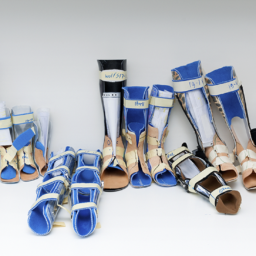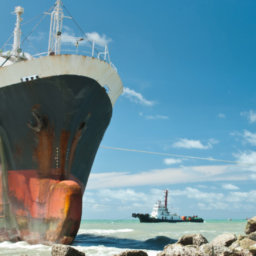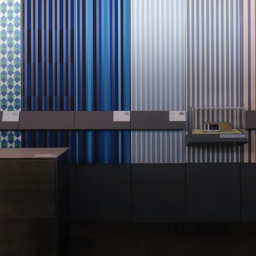Every winter, skiers and snowboarders from around the world eagerly wait for the first cold storm to arrive to cover their favorite ski resorts in a white blanket of fresh snow.
When ski resorts finally open for the season, flocks of winter sports enthusiasts head to the mountains teeming with excitement as they sit down on the almighty chairlift for the first run of day.
It wasn’t always so easy, however, to get to the top of the spotless sun-kissed peaks beckoning to be tread upon. Before the chairlift, skiing required a mountaineer’s mindset, and the willingness to climb for most of the day for one or two epic runs back down to the bottom.
This all changed when a former steel worker named James Curran forever changed the sport of skiing by inventing the steel chairlift in the winter of 1936.
The Beginning of New Skiing Era
Sun Valley, Idaho is a well-known ski destination, and a favorite region in the heart of the United States for the rich and famous to come enjoy the beautiful winter alpine scenery. Little known, however, is the fact that Sun Valley was where the world’s first three chairlifts were installed, replacing the aging tow-rope system.
During 1936 and 1937, James Curran, who worked for the Union Pacific Railroad which owned the Proctor Mountain Resort, drew inspiration for the first chairlift design from banana conveyor systems.

Curran’s chairlift was developed by re-engineering banana hooks, adding chairs and creating a machine with a greater capacity to power the steel cables up and down the mountain. The chairlift was a great success, and was the catalyst for the evolution of today’s alpine sports.
Drawing from Curran’s chairlift design, the first ski lift would be installed in present-day Czech Republic in 1940, bringing new enthusiasm in the sport of skiing to Europe.
How Chairlifts Built the Modern Alpine Sports Industry
Fast-forwarding a few decades and snowstorms later, the chairlift, although now much more technical, has not seen a massive redesign. The basic characteristics of the chairlift, including the steel ropes that carry the structure and equally-spaced chairs ranging from two to eight passengers, remain the same.
Because of the easy access to high peaks and extensive trails, alpine sports have seen much growth in mainstream popularity. Riders of all ages queue at the bottom of chairlifts, waiting for their turn to be swept up and shuttled to the top of their favorite runs.

During operating seasons, 1,200 to 4,000 skiers and snowboarders are transported up mountains every hour depending on chair size. The chairlift’s reliability and trustworthy fortified steel construction enable riders to bob up and down as they climb upwards sometimes hundreds of feet above the mountain, without doubting the safety of their journey.
Chairlift manufacturers like the Doppelmayr Garaventa and Leitner Groups, are constantly improving the design and safety features of their lift systems. “All ropeway types are planned, designed and built using the very best technology,” said a representative from Doppelmayr Garaventa. “All of our surface lifts, chair and gondola lifts are always state of the art.”
Chairlifts are a huge contributing factor in what continues to drive the multibillion-dollar ski and snowboard industry. Construction and technical advancements now allow lifts to move more people up mountains, faster, and more safely, ultimately allowing for more runs throughout a winter’s day.
The Future of the Chairlift

Climate change is playing a large part in slowing global ski resort growth and the building of new chairlifts. Less snowfall and shorter operating seasons have been driving the cost of lift tickets to rise astronomically, affecting the number of newcomers to try out winter sports.
This, however, has not deterred ski meccas like Colorado in continuing to pursue the ultimate skiing and snowboarding experience for riders, by adding new chairlifts to resorts and expanding terrain.
For the chairlift, its steel construction will allow it to weather any condition and hopefully will be carrying skiers and snowboarders up mountains across the globe for many more years to come.






